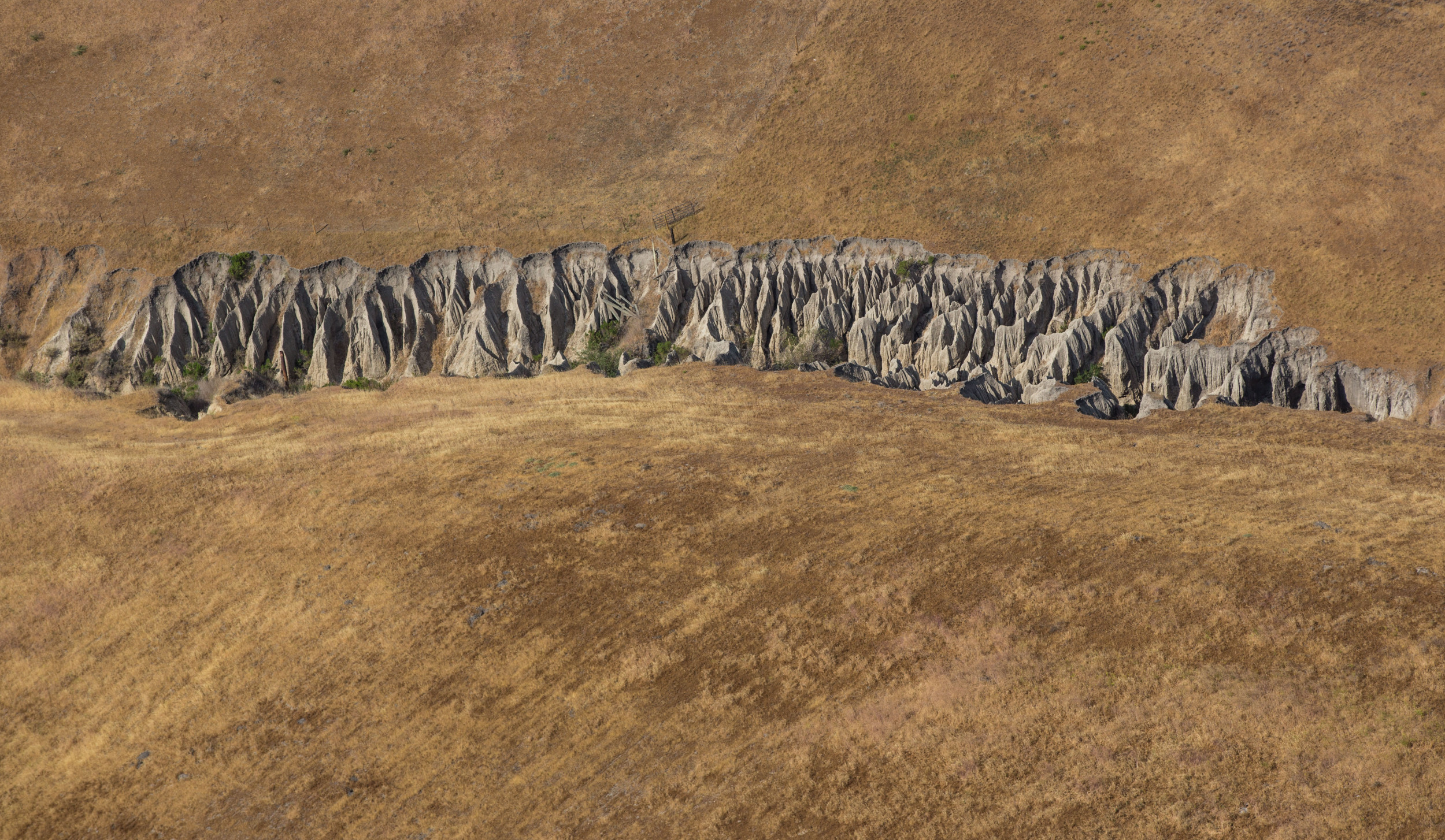- cross-posted to:
- [email protected]
- cross-posted to:
- [email protected]
Summary
Grocery prices are expected to rise globally as soil degradation, driven by overfarming, deforestation, and climate change, reduces farmland productivity.
The UN estimates 33% of the world’s soils are degraded, with 90% at risk by 2050. Poor soil forces farmers to use costly fertilizers or abandon fields, raising prices for staples like bread, vegetables, and meat.
Experts advocate for sustainable practices like regenerative agriculture, cover cropping, and reduced tillage to restore soil health.
Innovations and government subsidies could mitigate impacts, but immediate action is critical to ensure food security.



No till or low toll is pretty much the default on most soil types now, at least on North America and Europe. There some areas where its not the case but I wouldn’t judge anyone unless I had many years of experience in their particular environment. Sometimes what looks dumb from outside isn’t possible or feasible when you’re in the middle of it.
One problem we’ve found with no till after 20 years is stratification compaction just from rainfall and equipment, even with tramlining. Its starting to seem like it needs a working up every few years, or planting down to forage and more active livestock action. The advantage with that would be better carbon sequestration but its not really profitable if land prices/rent are high in that area.
And yes, in a profession with millions of dollars on the line every season, its really hard to make changes if you’re just getting by.